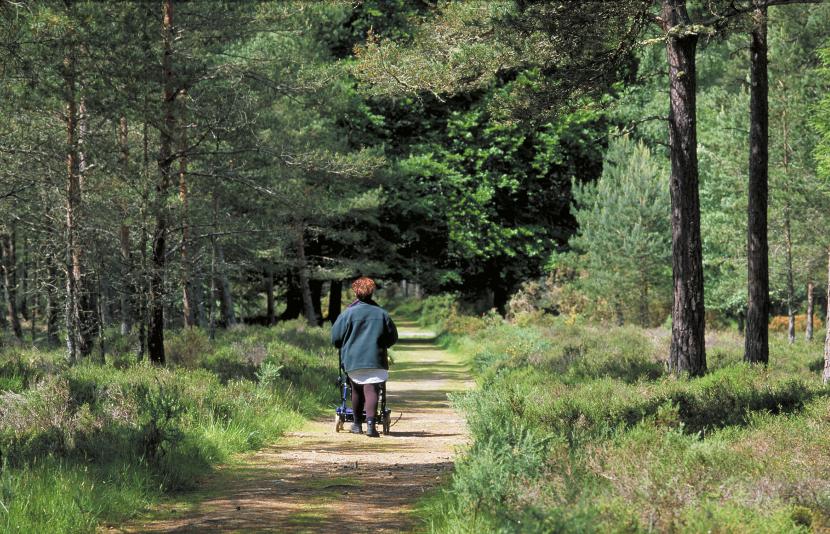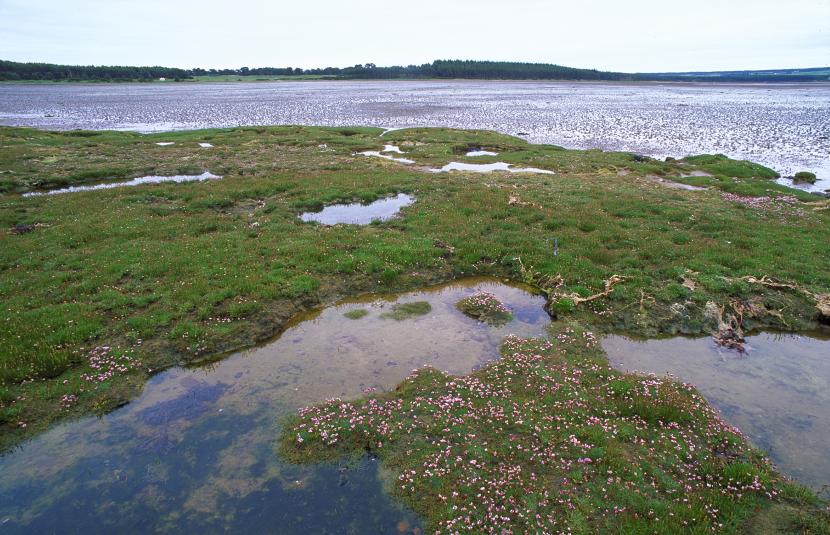Loch Fleet NNR - visiting the reserve leaflet
Welcome to Loch Fleet National Nature Reserve
The most northerly estuary on Scotland’s east coast, Loch Fleet is a large tidal basin surrounded by dunes, saltmarsh and pine woods. Whatever the season, this wide range of habitats supports a huge variety of wildlife – making it a great place to visit at any time of the year.
Winter guests
During autumn and winter, the waters, mudflats and saltmarsh of Loch Fleet are a hive of activity as vast numbers of waterfowl and waders come and go. Some stay all through the cold months; others are just stopping off on their way south. They feed on the small fish, mussels, cockles, snails and rare eelgrass that help make this Reserve such a superb feeding ground for so many species.
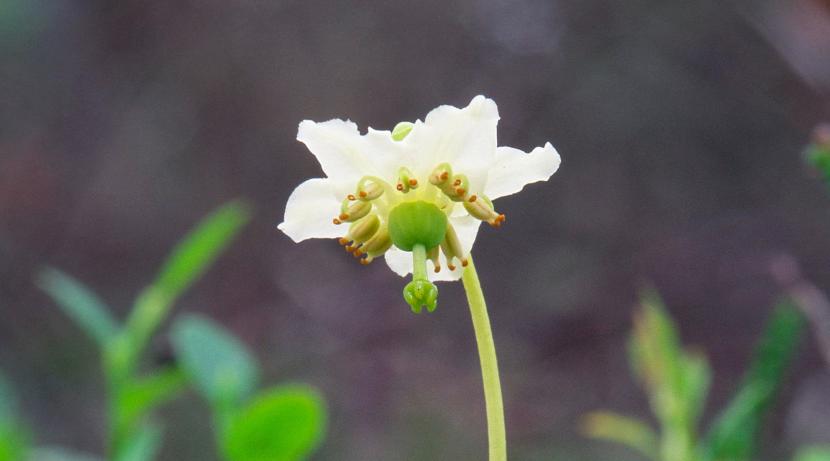
Visitors can use the pine-built hide in Balblair Wood to watch shelduck, wigeon, eider ducks, oystercatchers, curlew, redshank, bar-tailed godwit and more. Greylag and pinkfooted geese, many of which fly in from Iceland, are best seen early and late in the day.
Spring colour
Dominated by towering Scots pines, both Ferry Wood and Balblair Wood are plantations, but the presence of an unusual trio of wildflowers suggests native pine forest may once have flourished here – creeping lady’s-tresses, one of the few British orchids that is almost exclusive to Scotland; the delicate twinflower; and, rarer still, one-flowered wintergreen. Balblair Wood is home to more than 90 per cent of the UK’s population of one-flowered wintergreen. Its exquisite white flowers are best seen beside the main woodland trail in mid-June.
Getting there
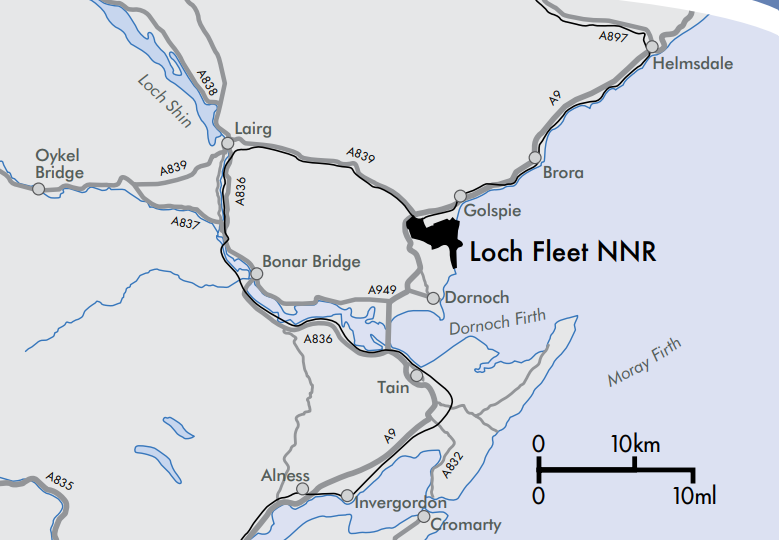
For more information:
The Links
Golspie Business Park
Golspie
KW10 6UB
Telephone: 01463 701608
Email: [email protected]

Other winged visitors
Spring sees the return of the ospreys that nest around the loch. Watch out for the white or slightly mottled underparts of these magnificent birds of prey as they hover high above the water hunting for fish. Terns also return to their coastal nesting sites in the summer, having spent the winter in Africa.
Ebb and flow
Each day, twice a day, the Loch Fleet basin fills with water; then, after each high tide, the sea recedes again, exposing rich pickings for the wildlife. These briny waters once reached nearly as far inland as Rogart; today, the Mound Causeway acts as a tidal barrier at the loch’s north-western boundary. This historically important piece of civil engineering was built by Thomas Telford in 1816 to provide a secure foundation for a road crossing. Before that – and as far back as Viking times – travellers had to cross by boat via Littleferry.
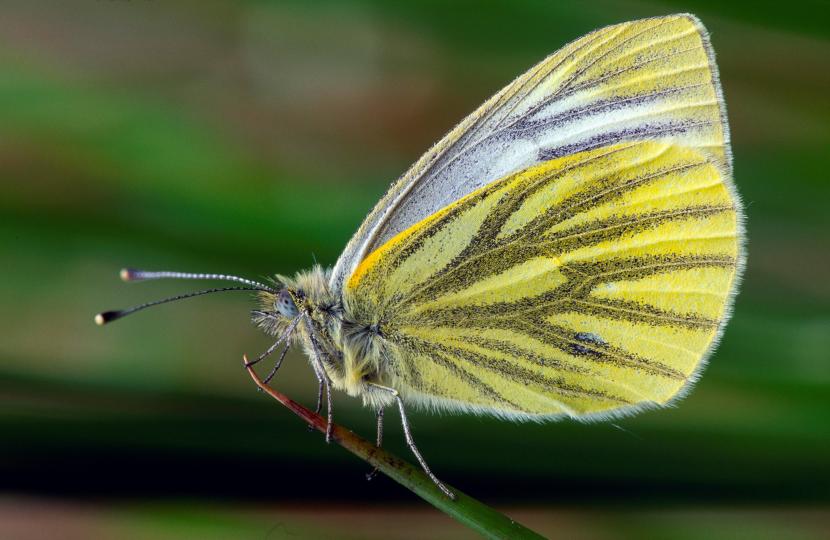
Dune life
On bright summer days, butterflies and day-flying moths flit through the marram grass on the dunes. They visit the neighbouring heathland too, and it is here that soft carpets of luscious lichen thrive, interspersed with crowberry and bell heather. A network of informal paths has grown up on Ferry Links, allowing visitors to explore these wide, open spaces swept by salt-laden winds coming in off the North Sea.
Close-up view
At low tide, common seals haul out on to sandbanks on the southern side of the loch. They can be seen from the lay-by on the Skelbo road, and have their pups with them in the summer. Otters too frequent these waters, although you’ll have to be patient – and be out at dawn or dusk – to catch sight of these elusive creatures. Other mammals on the Reserve include roe deer, pipistrelle bats, fox, stoat and pine marten.
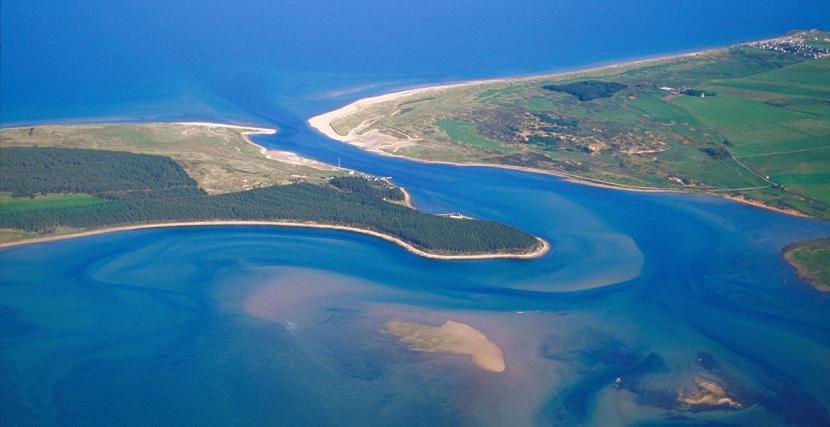
Need to know
There are a number of informal paths outside the Reserve but these are not managed by Scottish Natural Heritage and walkers should be aware that walking conditions on these will vary from path to path.
If you see that wildlife is being disturbed by your presence, please move away.
Find out more on
- Visiting the reserve
- Visit more of our nature reserves
Reserve map
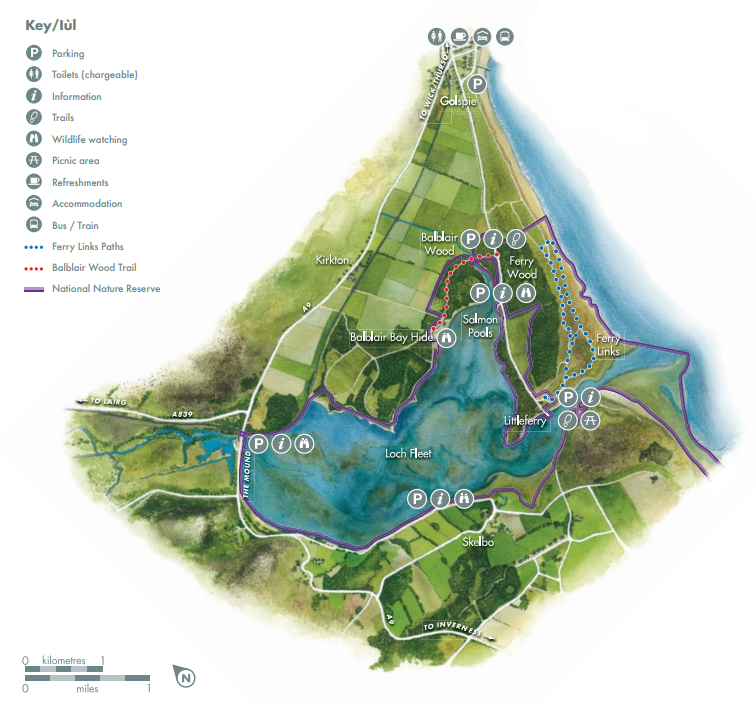
Trails
Balblair Wood Trail
Take this sheltered woodland walk to a hide with loch views where you can watch wildlife. The pinewood provides an ideal home for rare plants
